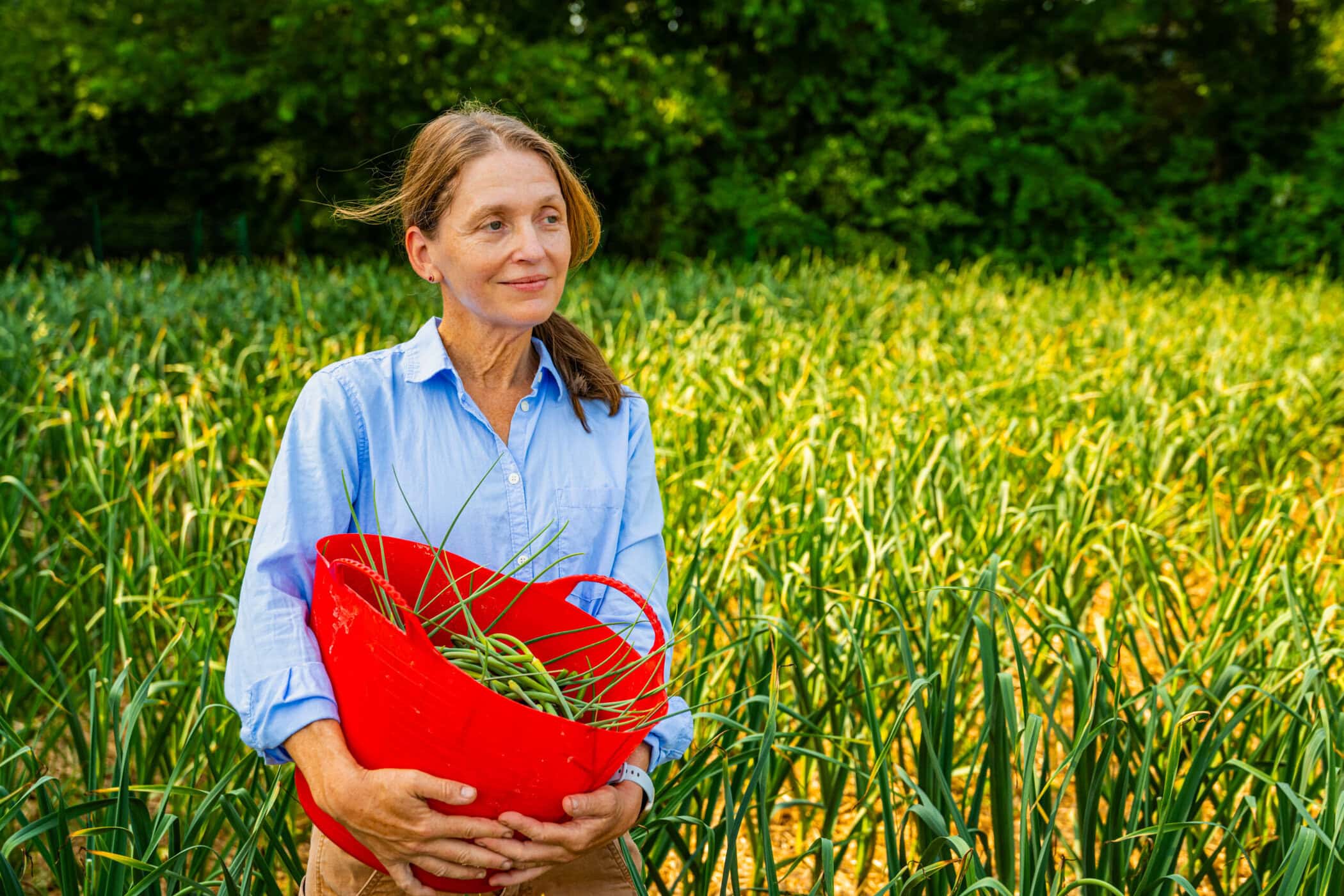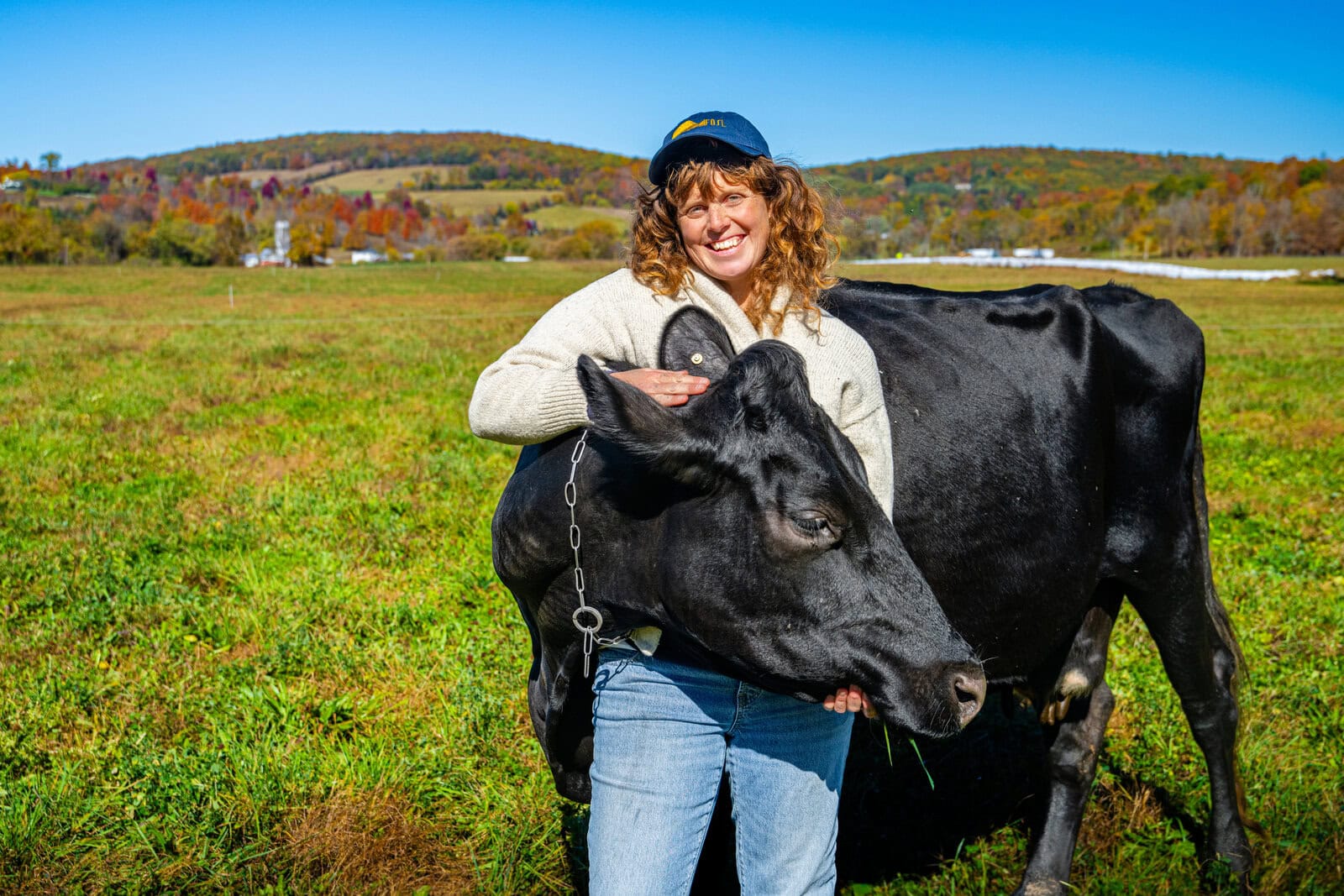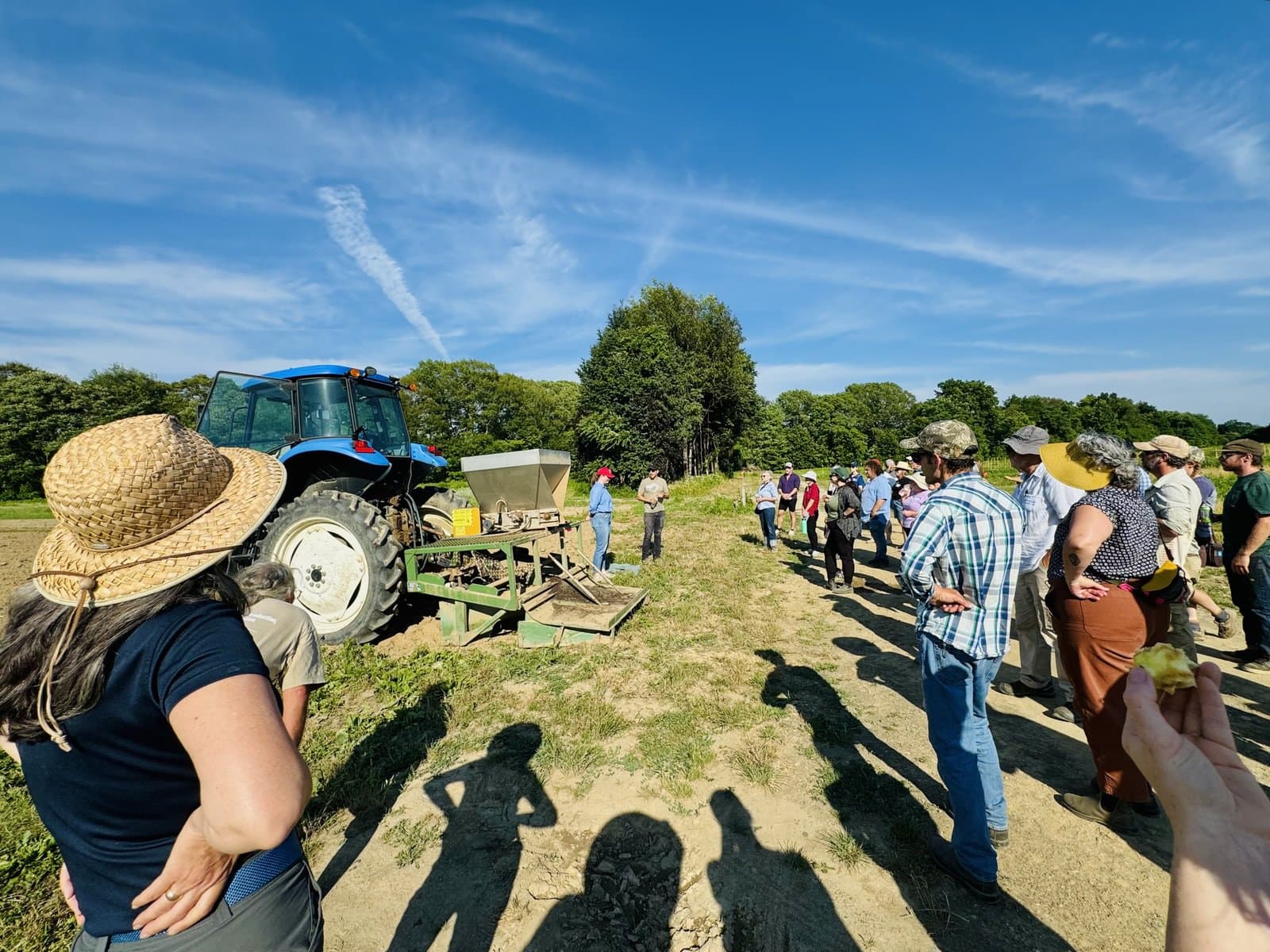Humans have existed for fewer than 200,000 years, which means a lot of interesting stuff happened on Earth in the billions of years before our arrival. You don’t have to drive far from the Hudson Valley to explore that natural history — places revealing traces of the momentous geological events that shaped our world and some of its earliest living things.
The next time you feel like a day trip, or are traveling to the north or west, think about including one of these five prehistoric destinations in your plans.
Hike through sand dunes from a glacial lake
There were once sand dunes in Albany — what gives? Chalk them up to a glacier.
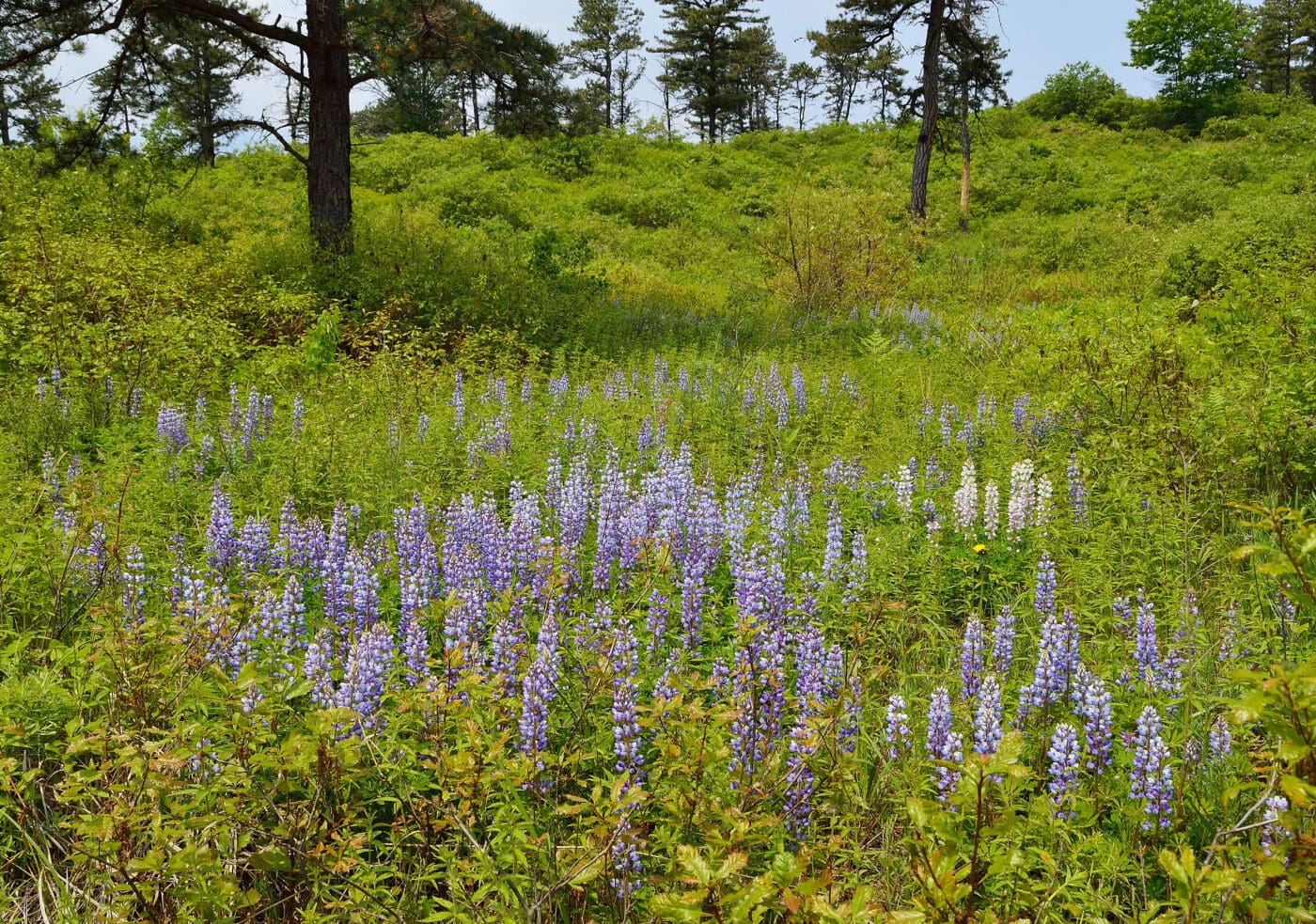
Some 12,000-15,000 years ago, when the mile-thick ice sheet covering New York State started to melt, the water had nowhere to go in the Hudson Valley. Ice to the north and large sediment deposits to the south hemmed it in, leading to the formation of Glacial Lake Albany, which stretched from Newburgh to upstate Glens Falls. Huge amounts of sand carried by water pouring into the lake was left behind once the water finally began to drain via the Hudson River.
Today, hiking trails in the Albany Pine Bush Preserve pass through remnant rolling sand dunes and the remarkable variety of grasses, wildflowers, and trees that grow on top of them. This rare inland pine barrens was once North America’s largest, encompassing 40 square miles. Though much of it was lost to development, the 3,350-acre preserve offers ample space to connect with the end of the valley’s icy past.
Stand in the shade of some of the planet’s oldest trees
To motorists whizzing by, the nine rocks lined up along Route 990V in rural Gilboa (Schoharie County) may not look like much. Stop, and a whole new — actually, a very old — world comes into focus.
These are fossils of Eospermatopteris, a tall, fern-like plant that grew along the shore of a gigantic tropical sea some 380 million years ago. Though they bore neither wood nor leaves, they are considered among Earth’s first trees.
The first specimens were unearthed in Gilboa in the 1850s. Subsequent excavations (including work by Winifred Goldring, the first female New York State paleontologist) revealed many more of the important remains. (Fossils discovered in Cairo, Greene County, in 2019 appear to be from trees older than those in Gilboa by a couple of million years, but they are not publicly accessible.)
Somewhat similar in form to today’s palms, Eospermatopteris stood about 30 feet tall. They played an essential role in the emergence of terrestrial life by providing habitat and food for the first land-living vertebrates and insects, and by sequestering carbon that increased oxygen levels in the air.
“So many dramatic changes occurred at that time as a result of those original forests that basically, the world has never been the same since,” according to biological scientist William Stein, who has studied the fossils. More are located in the nearby Gilboa Museum, while the New York State Museum also has a collection of Eospermatopteris.
Stand atop an underwater eruption
A small park called Stark’s Knob in Schuylerville (Saratoga County) preserves the ample remains of a volcanic event that occurred 450 million years ago when a shallow sea covered today’s Northeast U.S.
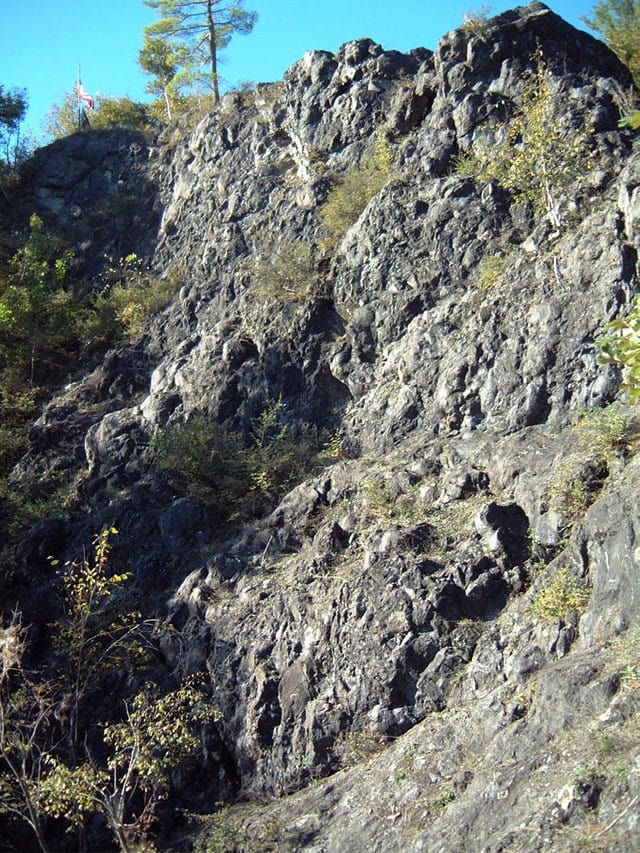
The knob got its start when lava erupted out of the earth’s core, the result of a pending collision between the future North American continent and volcanic islands that led to the creation of the Appalachian Mountains. As the molten liquid came into contact with the cooler seawater, a crust formed around it in shapes that give the rock its name: pillow basalt.
Lava that oozed out of fissures in the pillows created even more of the rounded rock, until it covered the surrounding seafloor. SUNY-Ulster geology professor Steven Stimmrich, who writes the Hudson Valley Geologist blog, likens the process to “toothpaste being squeezed out of a tube.”
Amazingly, the event that created Stark’s Knob is believed to have occurred somewhere in the Connecticut River Valley. Over time, movements in the earth’s crust (known as plate tectonics) thrust the rocks out of the water and westward into the Hudson Valley.
Come face to face with a mastodon
Around 13,000 years ago, a mastodon breathed its last in what would become downtown Cohoes, just north of Albany. In 1866, construction workers unearthed the scattered bones of this distant relative of the modern elephant. For the last 150 years, its reassembled skeleton has been a fixture at the New York State Museum in the capital, giving visitors a glimpse of wildlife prior to the Ice Age.
Weighing up to six tons and standing over eight feet tall, this male mastodon inhabited the region’s woodlands in company with woolly mammoths, giant sloths, and giant beavers. His ancestors had roamed much of North America for 1.6 million years, subsisting on twigs and branches from coniferous trees. Until he became sexually mature around the age of 10, he would have stuck with a herd. After that, he would’ve kept to himself until mating season.
Mastodons became extinct 10,000-11,000 years ago, the dual result of climate change and increased hunting by Indigenous people. Examination of the Cohoes Mastodon’s bones reveal that he met a violent and quick end from a fellow male mastodon at the age of 32. Fortunately for us, his remains were preserved beneath a thick layer of peat and other organic material.
Explore Earth’s first living things
Some people think the strange shapes that attract geologists to Lester Park in Greenfield (Saratoga County) resemble fungi. Others insist they look like cabbages. What’s for sure is that they’re prime examples of the only life that existed on Earth for two billion years.
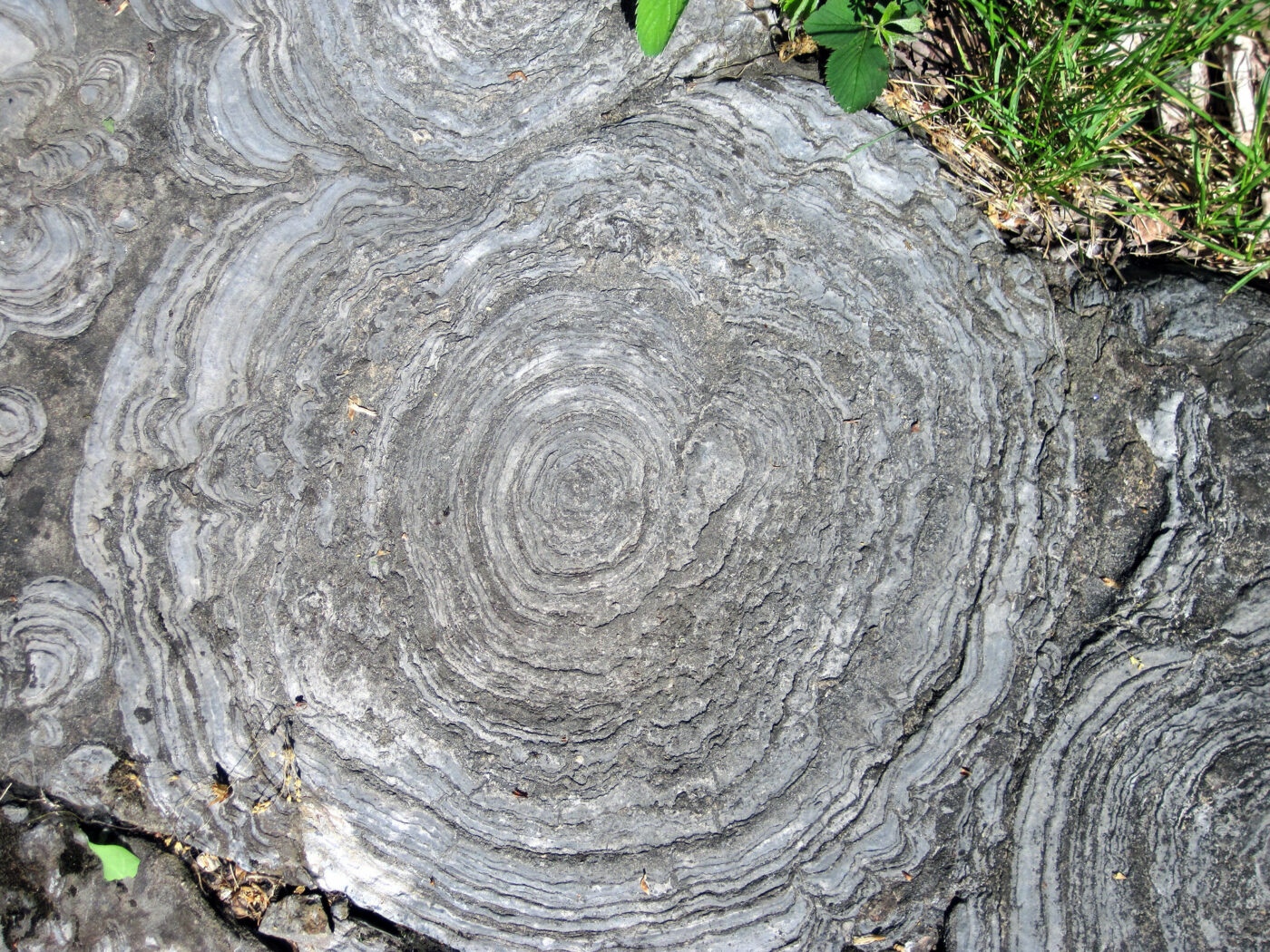
They’re stromatolites, fossilized layers of single-celled algae (or cyanobacteria) that grew in mats beneath the shallow sea covering the land here about 490 million years ago. Once prevalent around the globe, most cyanobacteria vanished because of a change in the oceans’ chemical makeup and the increasing proliferation of marine life that feasted on them. Some still grow in the water off the Bahamas and Australia.
Without those cyanobacteria in stromatolites, we wouldn’t be here today. During the billions of years they were prevalent, the algae produced so much oxygen through photosynthesis that vast amounts of it wound up being released from the water. As a result, oxygen levels in the air rose from 1% to 20%, more than enough for other forms of life (including humans) to flourish and evolve.



